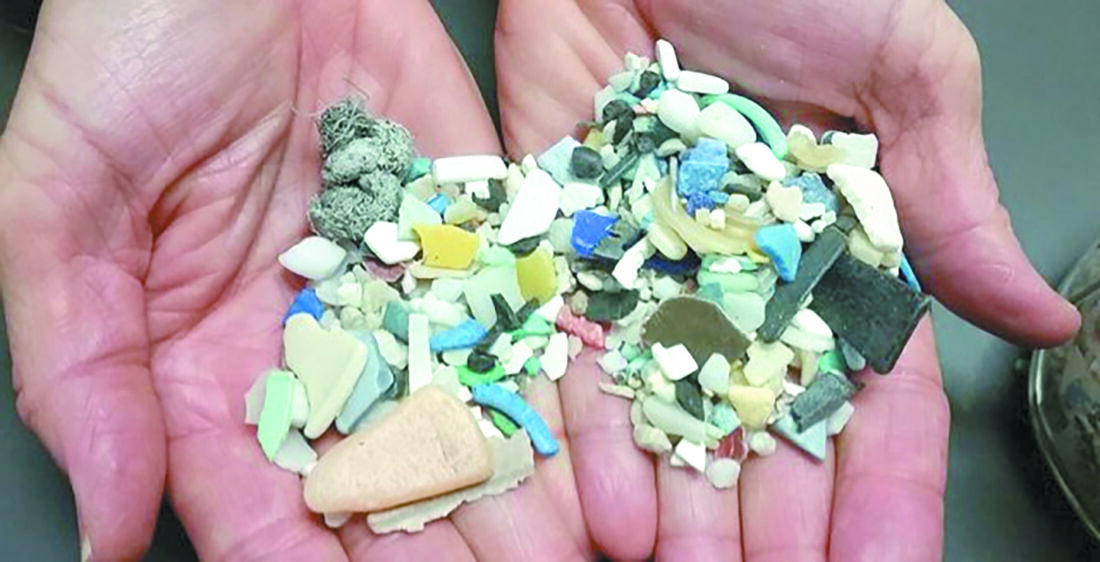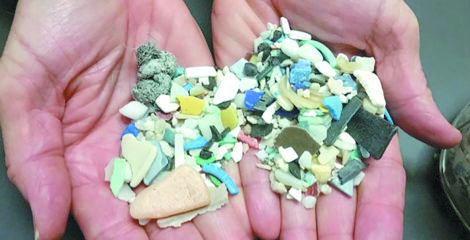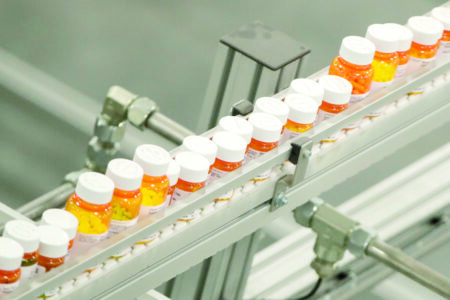Michigan launches first annual Microplastics Awareness Week

Pieces of microplastic are pictured. (Photo courtesy of the Environmental Protection Agency)
LANSING – Microplastics are everywhere: in our water, our food and even our bodies.
At under 5mm in size – smaller than a pencil eraser – microplastics are a significant source of pollution in the Great Lakes, according to the National Atmospheric and Oceanic Administration.
The growing problem inspired the Department of Environment, Great Lakes and Energy to designate the state’s first annual Microplastics Awareness Week, running Oct. 19-26.
The proclamation, signed by Gov. Gretchen Whitmer, encourages Michigan residents to learn about microplastics and how to reduce their environmental impact.
Plastic items like water bottles, foam and polyester clothing produce microplastics when exposed to sunlight or general wear and tear. These tiny slivers, pellets and fibers make their way into the ecosystem, where they are inadvertently ingested by wildlife.
The often-microscopic plastic pieces make navigate up the food chain, collecting in the bodies of animals – including humans – in a process called “bioaccumulation.”
A scientific study published in Nature Medicine made headlines earlier this year when the researchers found significant concentrations of microplastics in the brains of dead people.
Scientists are still unsure what effects these plastics may have on our bodies.
In a press release, the department announced it is “ramping up its microplastics research and monitoring,” using a $2 million state appropriation “to better understand their distribution and impacts in Michigan’s surface and drinking waters.”
Microplastics Awareness Week highlights organizations and projects working to address microplastics across the region.
One such project, the Great Lakes Plastic Cleanup, employs various methods to collect and catalogue plastic pollution in the Great Lakes, including an autonomous robot called “BeBot” that slurps up plastic on beaches.
Those interested in learning more about microplastics and opportunities for plastic cleanups can visit EGLE’s website for resources.




